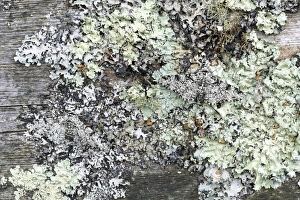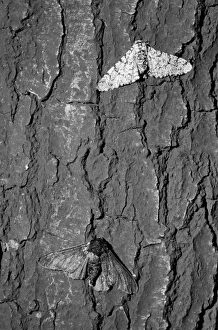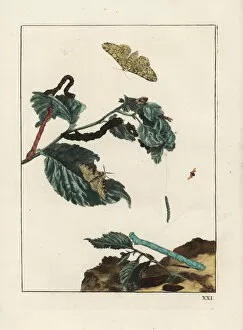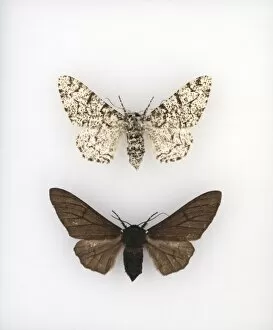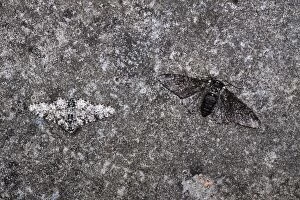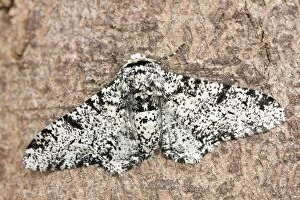Peppered Collection
"Nature's Evolutionary Artistry: The Peppered Moth" In the realm of natural wonders, few creatures captivate our imagination quite like the peppered moth. Picture No
All Professionally Made to Order for Quick Shipping
"Nature's Evolutionary Artistry: The Peppered Moth" In the realm of natural wonders, few creatures captivate our imagination quite like the peppered moth. Picture No. 11993245 showcases this enchanting insect in all its glory – a delicate balance of intricate patterns and hues that have fascinated scientists for centuries. Known scientifically as Biston betularia, the peppered moth has become an iconic symbol of adaptation and survival. Its story begins with the Silver Birch tree (Picture No. 10884103), where these moths find refuge and camouflage amidst their speckled bark. Over time, due to industrialization and pollution during the early 20th century, another variant emerged – a darker form known as melanic morphs (Picture No. 10893219). The Potez 633 B. 2 aircraft (Picture No. 10886295) may seem unrelated at first glance, but it played a crucial role in unraveling this evolutionary tale. During World War II, British pilots noticed that these darkened moths were less visible against soot-covered trees than their lighter counterparts. This discovery led to groundbreaking research by geneticist Bernard Kettlewell who studied how natural selection favored one form over another based on environmental changes caused by human activity. As we delve into history through Women's Clothing from 1929 (Picture No. 10893216), we see glimpses of society evolving alongside nature itself - both adapting to new circumstances brought about by progress. Today, when we gaze upon a peppered moth perched gracefully on a branch (Picture No. 11993245), we witness not only an exquisite creature but also an emblematic reminder of nature's resilience and ability to adapt in ever-changing landscapes. Let us cherish these subtle yet profound reminders scattered throughout our world – like "peppered" hints left behind for those willing to observe closely.

